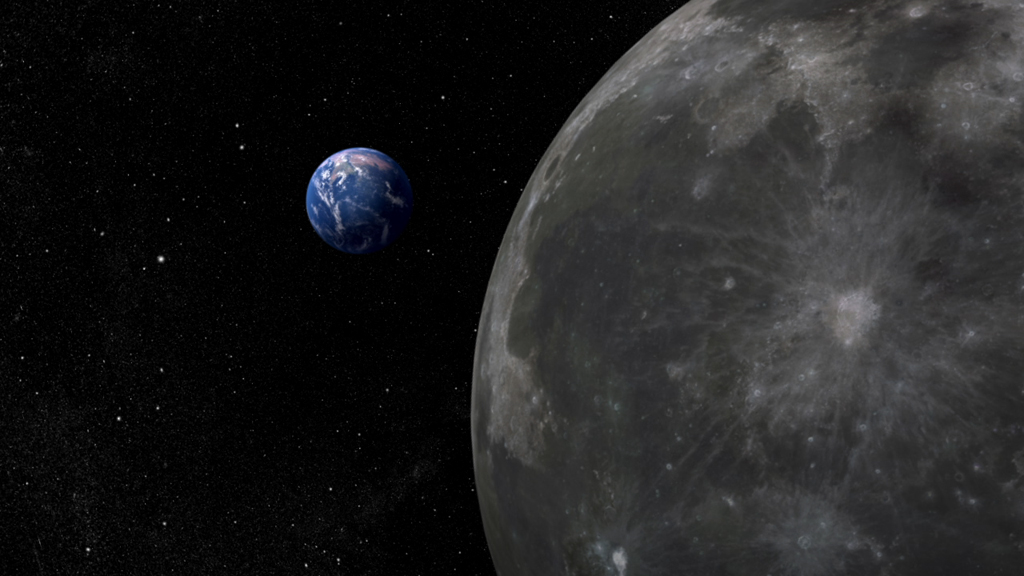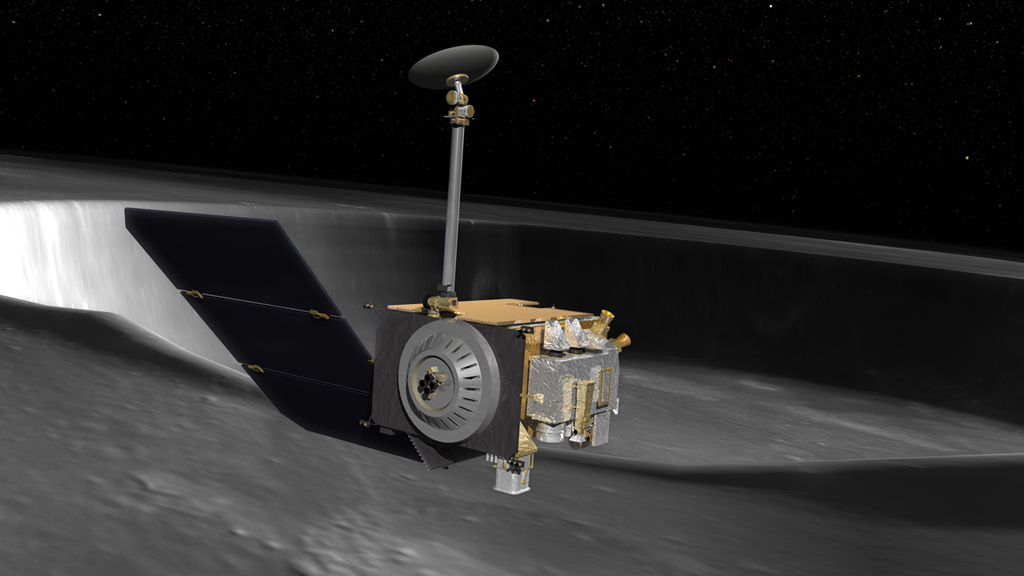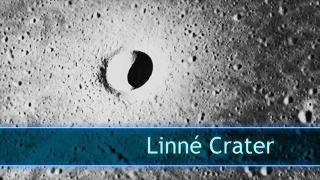Planets and Moons
ID: 11374

To better understand how Earth evolved, scientists are pointing cameras toward impact craters on the moon. Impact craters are giant surface depressions that form in the aftermath of collisions by asteroids, meteoroids and comets. Exposure to wind, water and geologic activity slowly degrades impact craters found on Earth. But by knowing how a crater has changed over time, scientists can piece together clues of what conditions were like on the planet long ago. Now, NASA’s Lunar Reconnaissance Orbiter spacecraft is collecting images of impact craters on the moon’s surface. Unlike on Earth, these craters aren’t prone to weathering because the moon has practically no atmosphere. As a result, some have remained untouched since the day they were born. Scientists will use the images to determine how natural disasters and the climates of Earth’s past have shaped how its craters look today. Watch the video to learn more.



Craterology




Related Story
Story Credits
Visualizers/Animators:
Ernie Wright (USRA)
Chris Smith (HTSI)
Video Editor:
Chris Smith (HTSI)
Narration:
Chris Smith (HTSI)
Narrator:
Chris Smith (HTSI)
Producer:
Chris Smith (HTSI)
Lead Scientist:
James Garvin (NASA/HQ)
Lead Writer:
Kayvon Sharghi (USRA)
Ernie Wright (USRA)
Chris Smith (HTSI)
Video Editor:
Chris Smith (HTSI)
Narration:
Chris Smith (HTSI)
Narrator:
Chris Smith (HTSI)
Producer:
Chris Smith (HTSI)
Lead Scientist:
James Garvin (NASA/HQ)
Lead Writer:
Kayvon Sharghi (USRA)
Please give credit for this item to:
NASA's Goddard Space Flight Center
NASA's Goddard Space Flight Center
Short URL to share this page:
https://svs.gsfc.nasa.gov/11374
Keywords:
DLESE >> Narrated
SVS >> App
NASA Science >> Planets and Moons
https://svs.gsfc.nasa.gov/11374
Keywords:
DLESE >> Narrated
SVS >> App
NASA Science >> Planets and Moons








